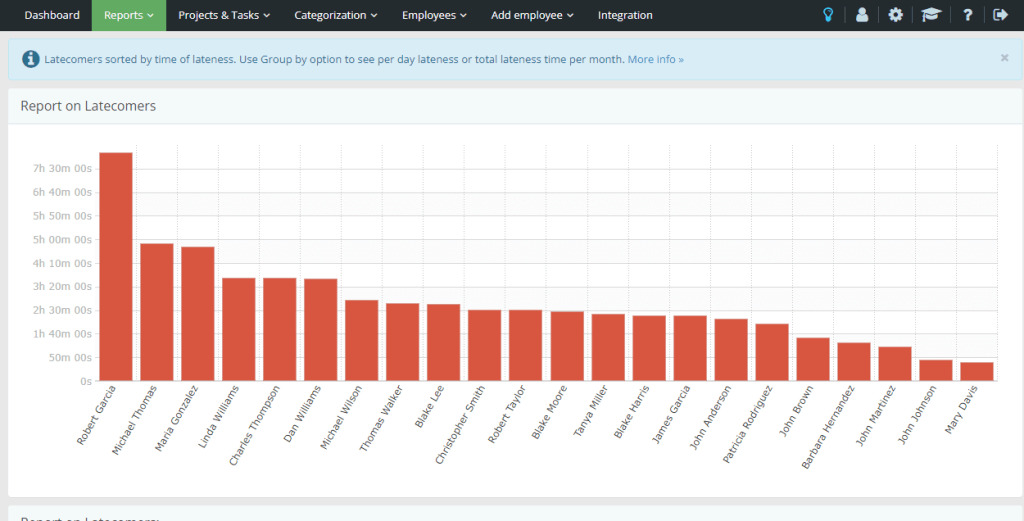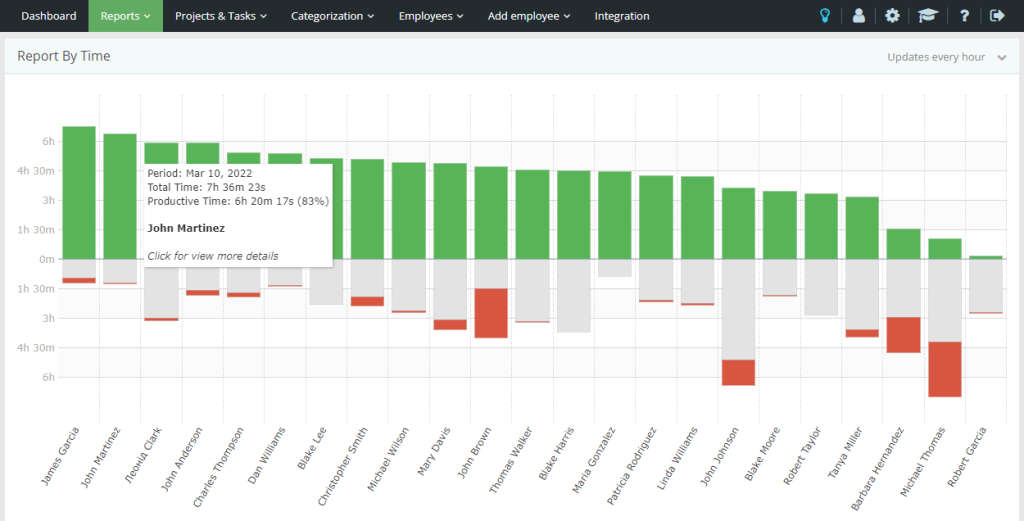Most businesses judge team discipline by surface-level indicators: people attend meetings, tasks move forward, no one complains openly. Sounds reassuring, right? But when you examine the actual behavioral metrics, the picture often reveals a different reality entirely.
The Illusion of Discipline
You might believe your team operates smoothly because:
- Everyone joins daily meetings
- Tasks progress steadily
- No one raises concerns about workflow issues
Yet beneath this appearance often lies an uncomfortable truth: late work starts, fragmented attention, hours consumed by non-productive activities. And worst of all—you have no visibility into these issues.
What Time Analytics Reveal
Looking at detailed statistics through solutions like Yaware.TimeTracker exposes the uncomfortable reality many managers miss. After analyzing thousands of employee work patterns across various industries, five critical factors consistently emerge:
- Inconsistent start times create ripple effects throughout the day
- Non-productive applications consume 2-3 hours daily for average employees
- Excessive context switching reduces deep work by up to 40%
- Communication tool overload fragments attention every 6-8 minutes
- Schedule instability prevents sustainable performance patterns
The data doesn't lie—when measured objectively, most teams operate with far less discipline than their managers perceive.
The Hidden Cost of Chaos
This invisible disorder silently drains your company's resources. When employees lose 1-2 productive hours daily due to poor time discipline, you're effectively bleeding 10-20% in labor costs while achieving less than expected outcomes.
The financial impact extends beyond wasted salary. Projects requiring concentrated effort take longer to complete, deadlines drift, and quality suffers. Without objective measurement, HR departments lack the tools to properly address productivity challenges.
Why Teams Need Visibility—Not Policing
The solution isn't micromanagement or excessive control. Rather, what's needed is transparency that benefits everyone involved. Modern time analytics isn't about surveillance—it's like holding up a mirror to work patterns.

Most employees aren't deliberately wasting time. They've simply developed habits that inadvertently reduce their effectiveness. When shown their actual working patterns, many professionals voluntarily adjust their behaviors for better results.
Building a Culture of Time Intelligence
“Time intelligence” means understanding how every hour contributes to meaningful outcomes. Organizations that implement time analytics effectively share five common characteristics:
- They establish baseline metrics before attempting improvements
- Managers focus on patterns rather than individual instances
- Time data informs workflow design rather than employee criticism
- Teams participate in defining productive time standards together
- Regular data reviews prevent gradual discipline deterioration
The goal isn't perfect time utilization, but rather intentional time investment aligned with strategic priorities.
From Measurement to Improvement
Once you've established visibility into time patterns, transformation becomes possible. The journey typically begins with acknowledging the current state—which often surprises even the most attentive managers.

Working with metrics rather than assumptions allows leaders to identify specific barriers to productivity. Is it constant interruptions? Collaboration overload? Poor meeting discipline? Only with accurate data can you target the true causes of inefficiency.
Smart teams use time analytics not to find fault, but to discover opportunities. By identifying friction points in workflows and addressing structural issues, organizations create environments where disciplined work becomes the natural default.
Taking the First Step
Time audits consistently reveal that impressions and reality rarely align when it comes to team discipline. Without objective measurement, you're navigating by feelings rather than facts—a risky approach in competitive markets where margins for error continue shrinking.
Request a live demonstration to see how your team actually works. The insights might challenge your assumptions, but they'll also provide the foundation for genuine operational improvement.

